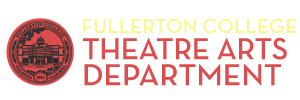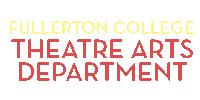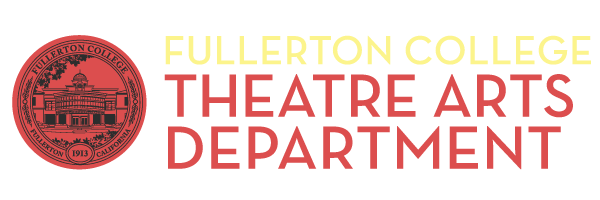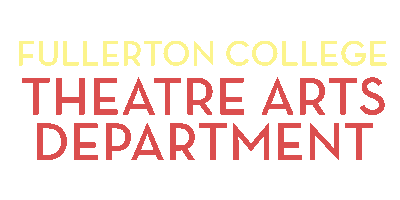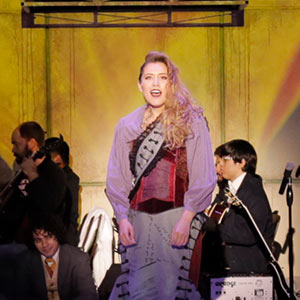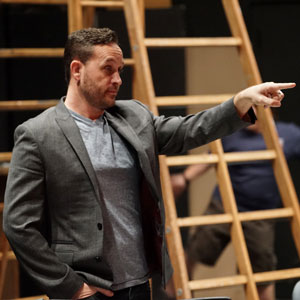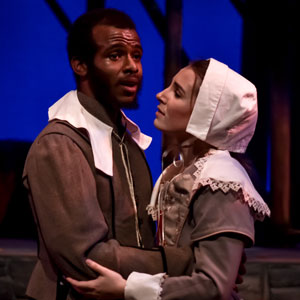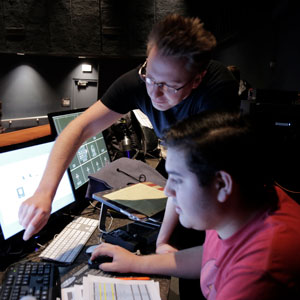'After the Rain' is Successful
— Fullerton College Hornet - Barbara Lohman - Friday, May 21st, 1971The year is 2173. The theater audience is actually part of the New Society, attending a university lecture. The Lecturer announces that tonight a group of New Society criminals will reenact the story of the nine survivors of the great flood of 1973.
"After The Rain," by John Bowen is currently being performed by the FJC Drama Department in the Studio Theater. The play is fresh, the plot is interesting, and the theme provocative. Mr. Bowen's script hurtles audiences beyond Orwell or Huxley, making them a part of the New Society.
The Lecturer, ably played by Wayne Bears took immediate charge of the lecture, presents the characters who will play out the drama and like some crazy match between Marat Sade and ringmaster directs them in different flashbacks.
Catalyst of the time sequence was Arthur Henderson, played by James Goodwin. Evolving into unchallenged leader, god, and then high priest Mr. Goodwin's performance was intense and strong as he continued to build and develop Henderson into the complex character Bowen intended.
The rest of the cast performed fairly well although none of the other characters were as finely -wn as Henderson. The other characters really represented different conflicts Henderson encountered and in that sense most of the cast responded accurately.
The show is being performed in the round. The idea is well chosen since the play is such that it should be performed in intimate surroundings.
Complimenting the theater in the round concept is FJC student Tim Snyder's set design. Mr. Snyder has patterned his set after the ancient ruins at Stonehenge, England The audience is surrounded by huge blocks constructed to represent stone. The stage is dominated by a similar structure which serves as Arthur's cabin aboard the raft. Through this set, Mr Snyder emphasizes the play's theme .of "What makes a God" in the "New Society?" Of special note was the audio portion of the show done by Susan Davis and Tim Moreland. Sound was creative, especially the intermission announcements adding continuity to the show and maintaining the university hall atmosphere
